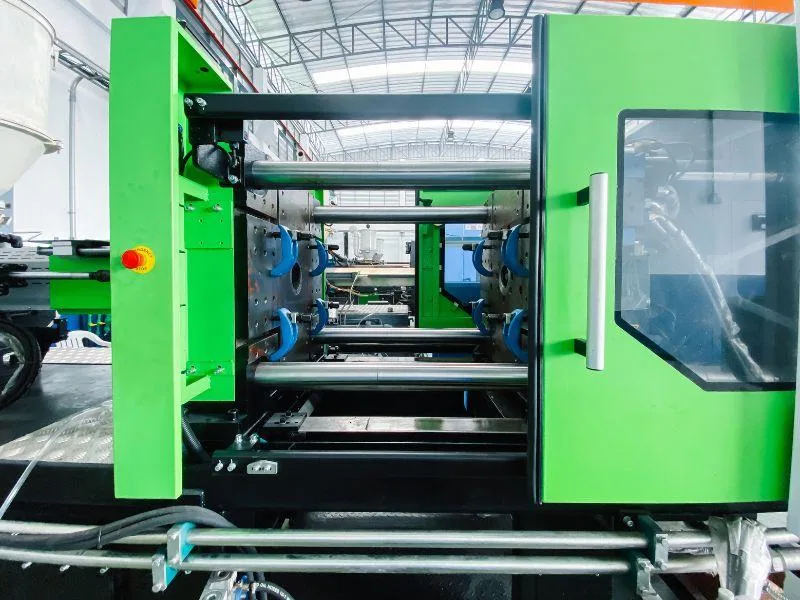Polyvinyl Chloride (PVC) is a widely used thermoplastic polymer in industries ranging from construction and automotive to healthcare and electronics. The production of PVC components often involves molding processes such as injection molding, extrusion molding, and compression molding. Smart molding technologies are transforming these traditional processes by integrating automation, real-time monitoring, and advanced control systems, leading to improved quality, efficiency, and sustainability.
1. Overview of Traditional PVC Molding Techniques
Injection Molding: Involves heating PVC to a molten state and injecting it into a mold to create complex parts.
Extrusion Molding: Used for continuous profiles like pipes and sheets.
Compression Molding: Suitable for high-strength components with minimal waste.
These conventional methods, while effective, are prone to inconsistencies in quality, high energy consumption, and long cycle times.
2. Smart Molding Technologies: Definition and Benefits
Smart molding refers to the integration of digital technologies into molding processes. Key features include:
Sensor Integration: Real-time monitoring of temperature, pressure, and material flow.
IoT Connectivity: Devices and machines connected for centralized monitoring and control.
AI & Machine Learning: Predictive analytics for process optimization and defect detection.
Automation & Robotics: Reduced human intervention for consistency and safety.
Digital Twins: Virtual replicas of the molding process for simulation and optimization.
Benefits:
Improved product quality and consistency
Reduced material waste and energy usage
Faster cycle times and enhanced productivity
Predictive maintenance and reduced downtime
Enhanced traceability and compliance
3. Applications in PVC Production
Smart molding is applied in various PVC product segments:
Pipes and Fittings: Precision control over diameter, thickness, and composition.
Medical Tubing: High cleanliness standards maintained through automated monitoring.
Automotive Components: Integration of sensors to meet performance and safety standards.
Profiles and Panels: Consistency in surface finish and dimensional accuracy.
4. Key Technologies and Tools
| Technology | Function in PVC Molding |
|---|---|
| SCADA Systems | Supervisory control and data acquisition for monitoring and controlling the process. |
| Infrared Sensors | Real-time surface temperature tracking to detect anomalies. |
| Vision Systems | Automated quality inspection using AI-based cameras. |
| Advanced PLCs | Programmable Logic Controllers for precise process control. |
| Digital Twin Software | Simulate and test molding setups without halting production. |


